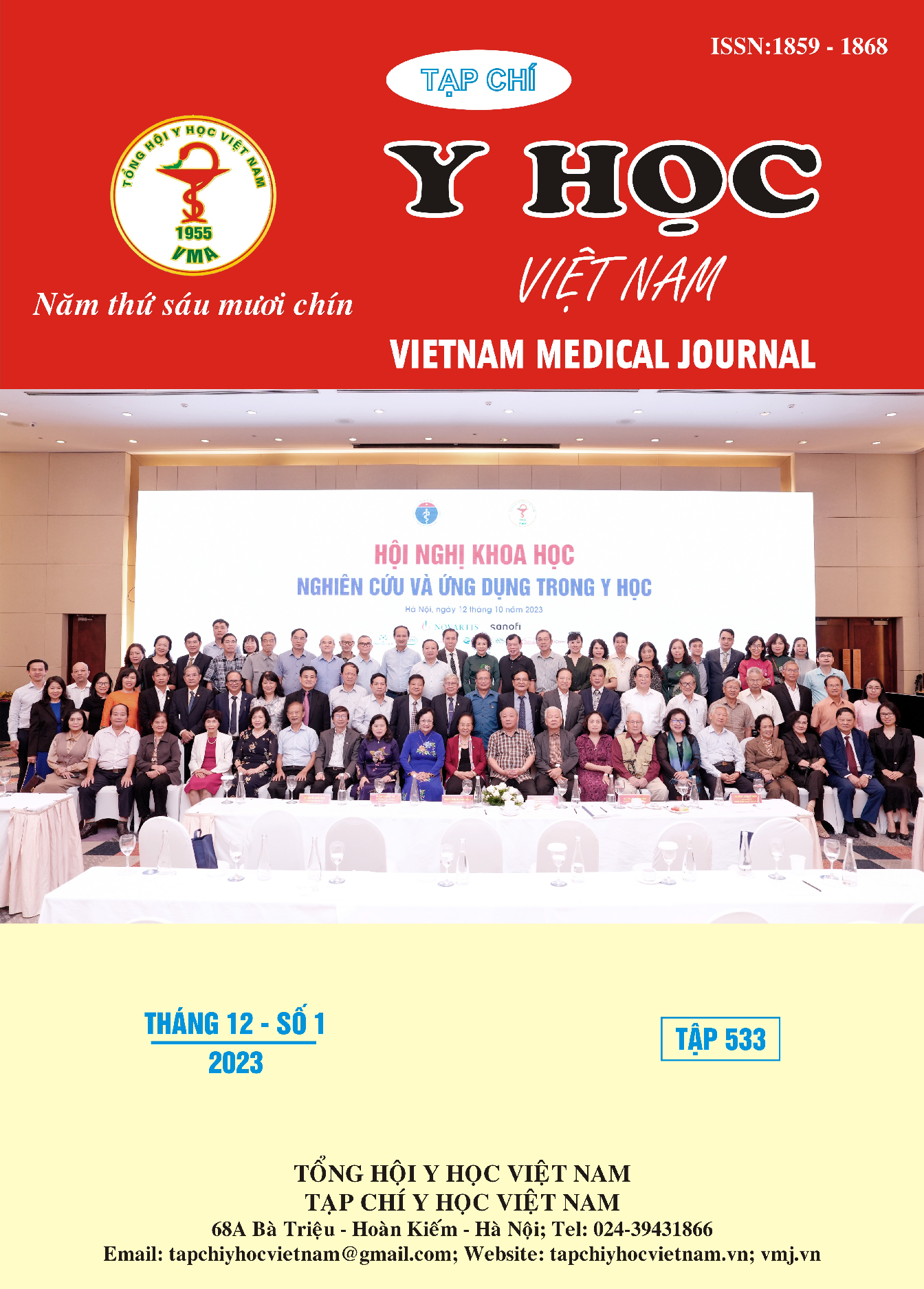AXILLARY ARCH: ANATOMY AND SIGNIFICANCE IN CLINICAL PRACTICE
Main Article Content
Abstract
“Axillary arch” (AA), also known as “Langer arch”, originally described in 1783 and confirmed by Langer in 1846. The presence of the arch in approximately 7% of individuals, even a prevalence of up to 27%. It commonly arises from the latissimus dorsi and extends variably across the axilla as muscular or tendinous bundles, but since it has no functional signicance,many variations in origin, insertion, course and size may occur. It is important that surgeons operating in the axilla are aware of this not uncommon anatomical variant. When present, axillary arch should always be accurately identied and formally divided to allow adequate exposure of axillary contents in order to achieve a complete lymphatic dissection and preserve vascular, lymphatic and nervous structures.
Article Details
References
2. Besana-Ciani I, Greenall MJ. Langer’s axillary arch: Anatomy, embryological features and surgical implications. The Surgeon. 2005;3(5): 325-327. doi: 10.1016/S1479-666X(05) 80111-8
3. Bonastre V, Rodríguez-Niedenführ M, Choi D, Sañudo JR. Coexistence of a pectoralis quartus muscle and an unusual axillary arch: case report and review. Clin Anat N Y N. 2002;15(5):366-370. doi:10.1002/ca.10053
4. Mérida-Velasco JR, Rodríguez Vázquez JF, Mérida Velasco JA, Sobrado Pérez J, Jiménez Collado J. Axillary arch: potential cause of neurovascular compression syndrome. Clin Anat N Y N. 2003;16(6): 514-519. doi:10.1002/ ca.10143
5. Bergman RA. Doubled pectoralis quartus, axillary arch, chondroepitrochlearis, and the twist of the tendon of pectoralis major. Anat Anz. 1991;173(1):23-26.
6. Couceiro TC de M, Valença MM, Raposo MCF, Orange FA de, Amorim MMR. Prevalence of post-mastectomy pain syndrome and associated risk factors: a cross-sectional cohort study. Pain Manag Nurs Off J Am Soc Pain Manag Nurses. 2014;15(4): 731-737. doi: 10.1016/ j.pmn.2013.07.011
7. Le Bouedec G, Dauplat J, Guillot M, Vanneuville G. [The axillopectoral muscle]. J Chir (Paris). 1993;130(2):66-69.
8. Daniels IR, Rovere GQD. The axillary arch of Langer – The most common muscular variation in the axilla. Breast Cancer Res Treat. 2000;59(1):77-80. doi:10.1023/A:1006367904056
9. Testut Léo. Les Anomalies Musculaires Chez l’homme: Expliquées Par l’anatomie Comparée Leur Importance En Anthropologie. Masson; 1884.
10. Takafuji T, Igarashi J, Kanbayashi T, et al. [The muscular arch of the axilla and its nerve supply in Japanese adults]. Kaibogaku Zasshi. 1991;66(6):511-523.


